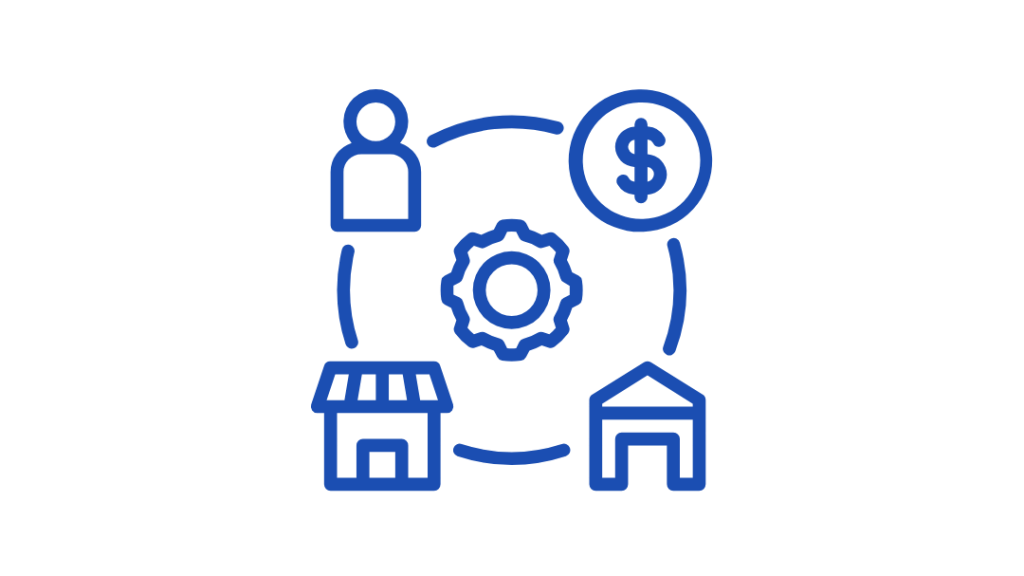Image source: Canva.com
The transition to renewable energy offers immense opportunities to reduce energy costs, combat climate change, and promote sustainability. However, racial and ethnic minorities in the United States face significant barriers to solar adoption, hindering equitable access to these benefits. Addressing these disparities requires targeted efforts to identify root causes and implement culturally relevant solutions.
Understanding the Disparities
Studies have shown that solar adoption rates vary significantly across racial and ethnic lines. For example:
- Black-majority census tracts have installed 61% less solar than areas without a racial majority.
- Hispanic-majority census tracts have installed 45% less solar than no-majority areas.
These disparities stem from several interconnected factors:

Income Levels
Lower income levels in many minority communities can make the upfront costs of solar systems prohibitive, even with available financing options.
Homeownership Rates
Solar installations are more common among homeowners, and racial minorities often experience lower homeownership rates due to systemic inequities in housing and lending practices.


Access to Information
Many minority communities lack awareness of solar programs, incentives, and benefits, partly due to inadequate outreach and education efforts by solar providers.
Addressing Barriers to Solar Access
Efforts to close the gap in solar adoption among racial and ethnic minorities must focus on addressing these structural challenges. Here are key strategies:

Expand Financial Accessibility
- Subsidies and Incentives: Enhance state and federal incentives to reduce the cost barrier for low-income households.
- Community Solar Programs: Promote shared solar initiatives that allow renters and non-homeowners to benefit from solar energy without requiring individual installations.
Increase Outreach and Education
- Culturally Relevant Resources: Develop educational materials in multiple languages and formats that resonate with diverse cultural norms and values.
- Community Partnerships: Collaborate with trusted local organizations, churches, and advocacy groups to disseminate information and build trust within minority communities.
Support Workforce Development
- Training programs targeting minorities can not only diversify the renewable energy workforce but also create advocates for solar adoption within these communities.
- Apprenticeships and local hiring initiatives can ensure that solar projects generate economic benefits for underserved neighborhoods.
Address Structural Inequalities
- Policies that promote equitable lending practices and increase homeownership rates among racial minorities can have a cascading effect on solar adoption.
- Utility-scale solar projects in minority-dominated areas can directly deliver cost savings to these communities through reduced energy bills.
The Role of Policy and Advocacy
Governments and industry stakeholders play a crucial role in bridging the solar adoption gap. Policymakers must prioritize equity in renewable energy initiatives by incorporating measures that specifically target underserved populations. Advocacy groups can amplify the voices of marginalized communities, ensuring that renewable energy policies align with their needs and aspirations.

Essential U.S. Solar Incentives for Low-Income Families
Looking Ahead
As the renewable energy sector continues to grow, addressing racial and ethnic disparities in solar adoption is essential for fostering an inclusive and just energy transition. By implementing culturally relevant resources, expanding financial accessibility, and addressing structural inequalities, we can ensure that the benefits of solar energy are equitably distributed – empowering all communities to participate in building a sustainable future.





